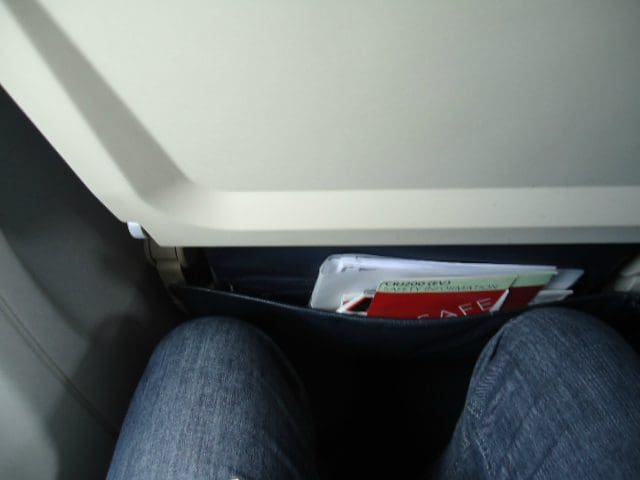
These days, planes are fuller than ever, rarely taking off with an empty seat. Is that why flying feels so crowded now or did the seats actually shrink? Let’s take a look at the numbers to find out.
Shrinking Seat Pitch
Seat pitch is defined as the distance from any point on one seat to the exact same point on the seat in front or behind it. When the Boeing 707 ushered in the “Jet Age” in 1958, passengers enjoyed a seat pitch of 34 inches. During the “golden age” of flying, some airlines actually configured their planes with a spacious 35 to 36 inches of legroom. A greater seat pitch generally means more legroom, although the thickness of the seatback comes into play, as well, so pitch and legroom are not synonymous.
The airline industry grew steadily through the 1960s and 1970s, but Inflation and rising labor costs put economic pressure on airlines. At the same time, monopolistic practices by legacy airlines and high entry barriers to new airlines led to the Airline Deregulation Act of 1978. Deregulation of the industry had multiple far-reaching effects over the past 40 years – a topic too broad to detail here – however, the airline industry underwent tremendous change and cost restructuring.
Coincidentally (or most likely by design), seating configurations in new aircraft began to change in the early 1980s. As fuel prices rose, airlines put more seats in planes to mitigate higher operating costs. Some manufacturers claimed that the newer seatback materials were thinner than the older style, so even though the pitch was reduced to 32 inches, the legroom wasn’t affected. You can be the judge.
How Much Legroom Has Disappeared?
No one really monitored airline seat pitch until 1985 when Consumers Union began recording measurements but their findings over the years tell a story of shrinking seats.
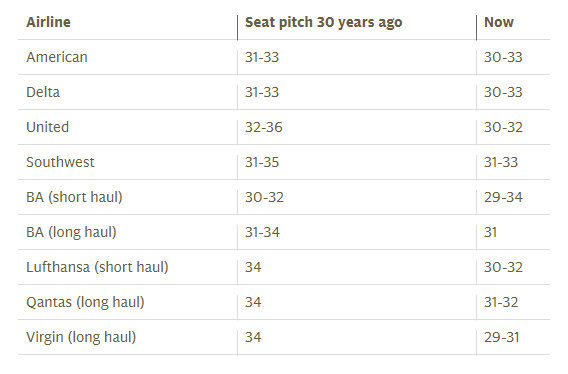
What About Shrinking Seat Width?
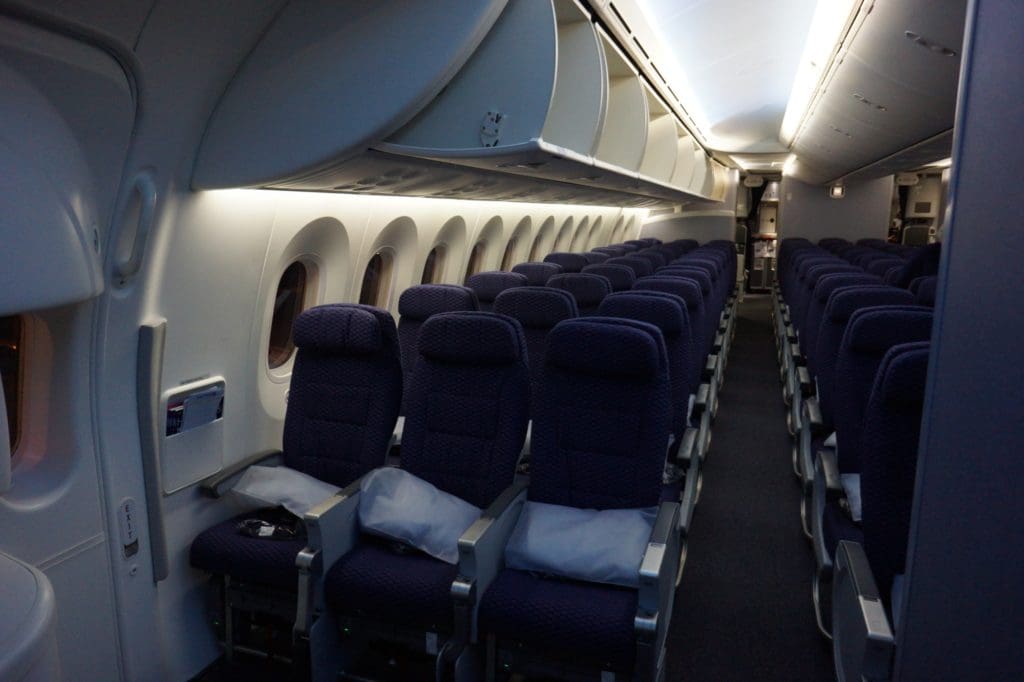
Airline manufacturers also attempt to sell the notion that seat width is more important than pitch for passenger comfort. Tell that to the collegiate women’s volleyball team who are all exceedingly thin and fit – and all over six feet tall! Even if that theory is true, Consumers Union records show that seat width has shrunken since 1985, as well.
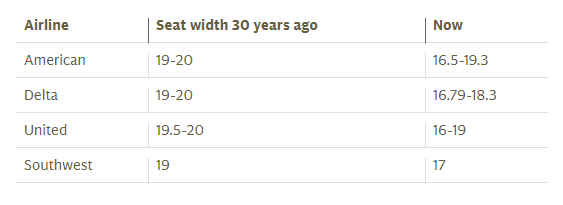
What Can You Do?
Unfortunately, there’s no indication that this trend of shrinking seats will reverse itself, although the industry does seem to have reached a minimum seat size threshold that the consumer will accept. That said, a design company introduced a nearly stand-up saddle-style seat called the SkyRider 2.0 at the Aircraft Interiors Expo in Hamburg this spring. No airline has adopted it… yet.
Many companies’ travel policy allows their travelers to upgrade to premium economy seating or business class when the flight duration meets a given minimum. Alternatively, you can use mileage or credit card points to upgrade your seat to premium economy or business class. If an upgrade isn’t an option, exit rows always have a greater pitch than standard economy to facilitate emergency departures, so paying the airline’s upcharge to secure exit row seating will give you some extra legroom.
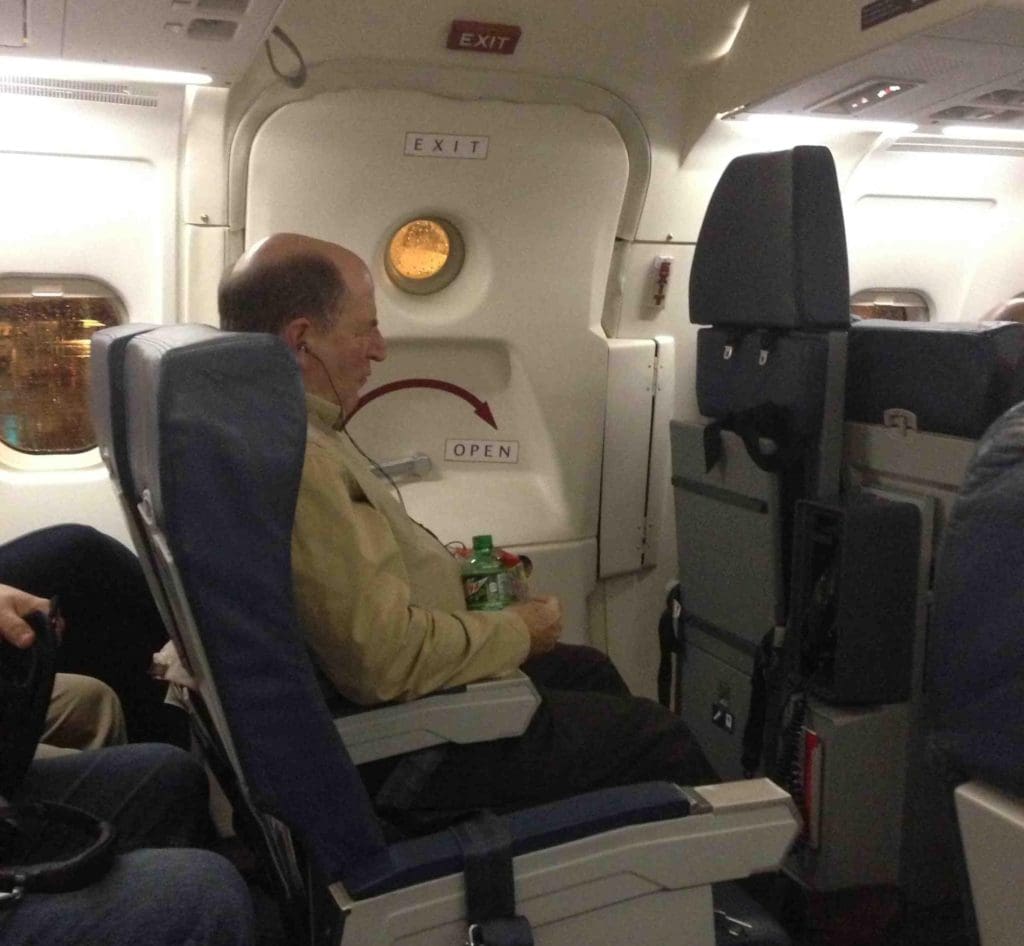
Otherwise, make your reservations as far ahead as possible and use fare types that allow pre-assigned seats. The relatively new Basic Economy fares only allow seat assignment at airport check-in, so you’re nearly guaranteed a center seat at the last minute. Travel Maestro tip: Seat Guru offers seat maps, traveler reviews, and photos for 1,140 different aircraft across 152 different airlines.
Your dedicated Covington account manager will assist you in developing or updating an effective business travel policy and implementing it through full-service and online booking tools.







Leave a Reply